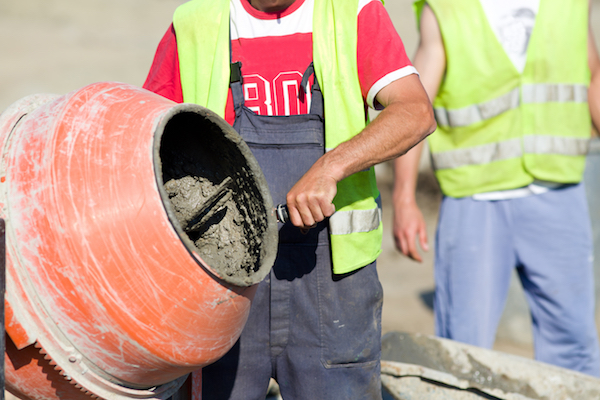Today Lex Medicus Publishing presents Carpal bone fractures.
Carpal injuries often occur due to sports trauma, work repetitive movements or overload. These fractures are most common in children (6-10 years of age) and people over 60 years of age.
The carpus connects the metacarpal bones of the hand with the distal portion of the forearm bones; the radius and ulna. It consists of 8 carpal bones distributed in two rows and held together by a complex structure made of cartilage and ligaments. This forms multiple articulations that allow the wide range of movements of the wrist.
Injuries to the carpal bones including distortions and fractures are mostly the consequence of falls onto an outstretched hand, a spontaneous reaction of people to protect the body from major injuries. However, they can also be caused by overuse in racquet sports, golfing as well as professions requiring intensive manual work.
The distinction between a distortion and a fracture of the carpal bone may be challenging as injuries to this area not only involve the carpus but also the articulating arm bones; the radius and ulna. The latter can be defined as pseudocarpal injuries as they elicit similar symptoms to carpal bone injuries. The diagnosis of carpal bone fractures requires a good knowledge of the anatomy of the wrist and understanding of the mechanisms that have caused the injury, such as the movement at the time of the incident, like wrist extension and flexion, or blunt trauma, which may cause both dislocations and fractures. X-rays may not be sufficient to visualise small fractures making CT scans and MRI more reliable. It is important to manage carpal fractures early because when overlooked they may lead to long-term complications and wrist osteoarthritis.
Based on the Australian Workers’ Compensation Statistics Report released by Safe Work Australia, the number of claims involving the wrist was 5% in the years 2014-2015, being the fifth most prevalent body region for work-related claims following the spine (upper & lower), shoulder, knee and abdomen/pelvis. Injuries to the upper limbs accounted for over a third of all claims, with 4,820 wrists claims in the 2015-2016 period showing a 15% decrease from the 2000-2001 period.
These claims are mostly lodged by people whose profession exposes workers to a higher risk of incidents and injuries. In general, manufacturing, construction, machinery operators/drivers, transport, postal and warehousing, and retail are the industries with a largest number of serious claims.
According to the Ranges of Injury Scale Values introduced in South Australia, which provides a value to determine injury severity (a scale from 0 to 100), extreme wrist injuries may lead to a value of 25-40, serious injuries 16-24, moderate injuries 10-15, and minor injuries 0-5. These values are used for calculating the amount of compensation to clients. Severe wrist injury cases may provide a compensation ranging between $50,000 to over $90,000, whereas minor injuries may lead to compensation of a maximum of $7,000.
Following this short overview please click to see the full pathology Carpal bone fractures
Learn about the tests used for the Examination of the Wrist and Hand here
Curious about the Anatomy of the Wrist and Hand? Click here
Disclaimer: The images and contents published in the Lex Medicus, and Lex Medicus Publishing websites are protected by copyright.


